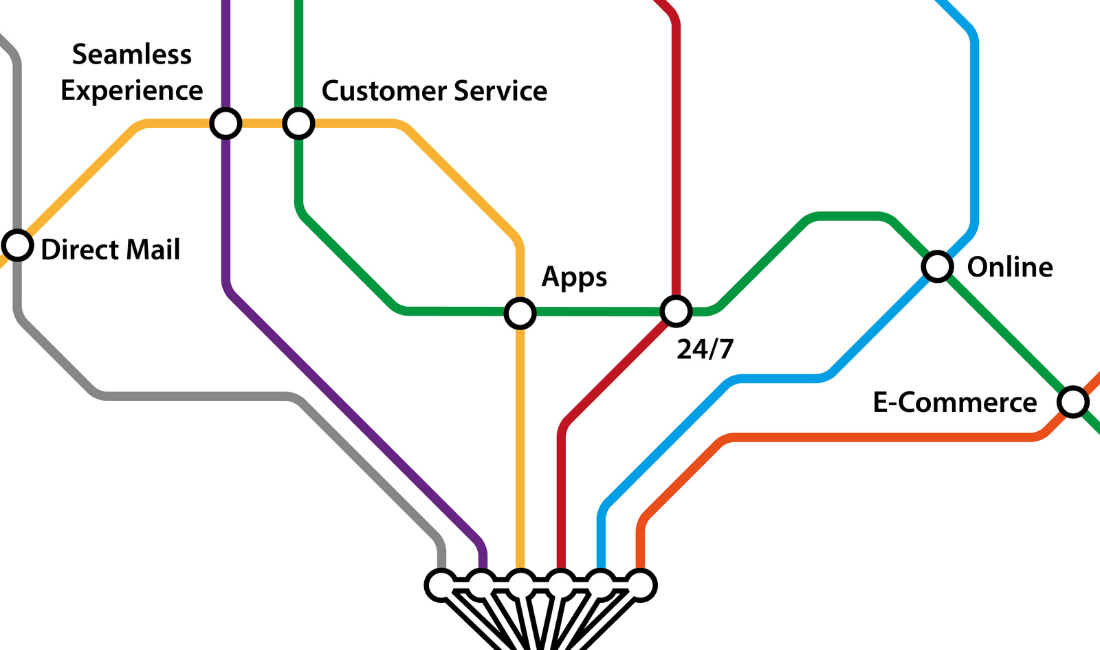
5 Marketing Automation Mistakes to Avoid as a Startup
Introduction
For startups, marketing automation is one of the most effective tools to scale efficiently while staying engaged with your customers. However, simply setting up an automated system isn’t enough to guarantee success. Like any tool, marketing automation needs to be implemented thoughtfully and strategically. Missteps along the way can cost you valuable time and resources, ultimately hurting your growth. In this post, we’ll highlight the five common marketing automation mistakes startups make and how to avoid them.
Mistake 1: Not Defining Clear Goals Before Automating
Many startups jump into marketing automation without first identifying the goals they want to achieve. This leads to ineffective campaigns and wasted resources.
How to Avoid It:
Before implementing automation, take time to define clear, measurable objectives. Do you want to increase lead generation, nurture prospects, or improve customer retention? Establish specific KPIs (Key Performance Indicators) such as open rates, conversion rates, or customer retention percentages. Having a clear goal will guide how you set up and measure your automation efforts.
Example:
Instead of setting up a generic email drip campaign, define a goal like “increase customer retention by 10% in six months” and tailor your email sequence toward that outcome.
Mistake 2: Over-Automating and Losing the Human Touch

Automation is powerful, but overusing it can lead to a robotic customer experience. Customers appreciate personalized communication, and if your messages feel too automated or impersonal, it can turn them off.
How to Avoid It:
Balance automation with personalization. Use dynamic content and customer data to send personalized messages that still feel human. For example, you can automate birthday emails or product recommendations, but make sure they’re personalized with the customer’s name, purchase history, or browsing behavior.
Example:
Instead of sending a generic email saying “We miss you,” try, “Hi [Customer Name], we noticed you haven’t visited in a while. Here’s a 10% discount on the items you were checking out last time!”
Mistake 3: Neglecting Lead Segmentation
Sending the same message to every customer or lead is one of the biggest marketing automation mistakes you can make. Your audience is diverse, and not all leads are at the same stage of the buyer’s journey.
How to Avoid It:
Use lead segmentation to categorize your audience based on behaviour, demographics, or where they are in the sales funnel. This way, you can deliver more relevant content to each segment. You can segment leads into categories like “new leads,” “warm leads,” or “repeat customers” and create specific campaigns for each group.
Example:
Instead of blasting all your leads with a sales pitch, send new leads an educational series that introduces your product and nurtures them until they’re ready to buy.
Mistake 4: Failing to Test and Optimize Your Automation Workflows
Once marketing automation is set up, many startups fall into the trap of thinking it will run smoothly without any further input. But if you’re not testing and optimizing your automation workflows, you could be missing out on better results.
How to Avoid It:
Regularly test your automation sequences to see how they’re performing. Use A/B testing to compare different email subject lines, sending times, or content formats. Look at your open rates, click-through rates, and conversions to find out what’s working and what isn’t. Use the insights to tweak and optimize your campaigns.
Example:
Test two different subject lines for the same email: one with a question and one with a special offer. Track which one gets higher engagement and optimize future campaigns based on the results.
Mistake 5: Not Integrating Automation with Your Overall Marketing Strategy
Marketing automation is often treated as a standalone strategy, but that’s a mistake. Automation should work in tandem with your overall marketing efforts, not in isolation.
How to Avoid It:
Ensure that your marketing automation aligns with your overall marketing and business strategy. If your goal is to drive traffic to a specific landing page, make sure your automation efforts are working toward that same goal by incorporating social media, paid ads, and content marketing into the mix.
Example:
If you’re launching a new product, don’t rely solely on email automation. Coordinate your efforts across multiple channels (social media, blog posts, and paid ads) to create a cohesive and integrated marketing strategy.






